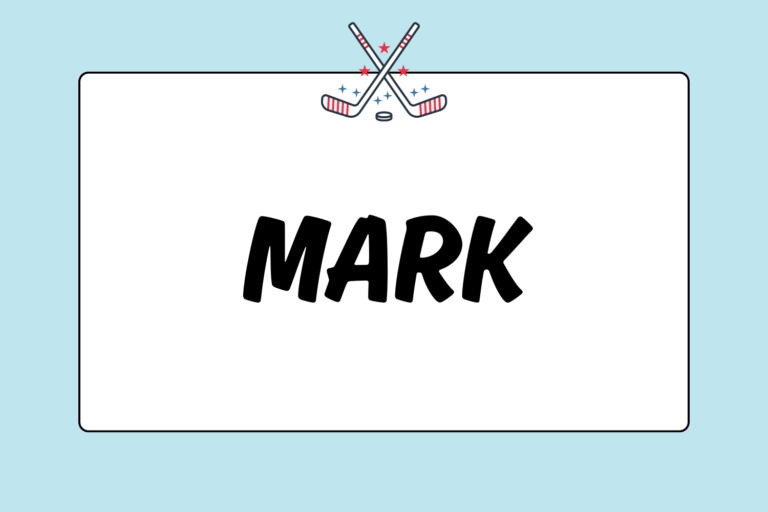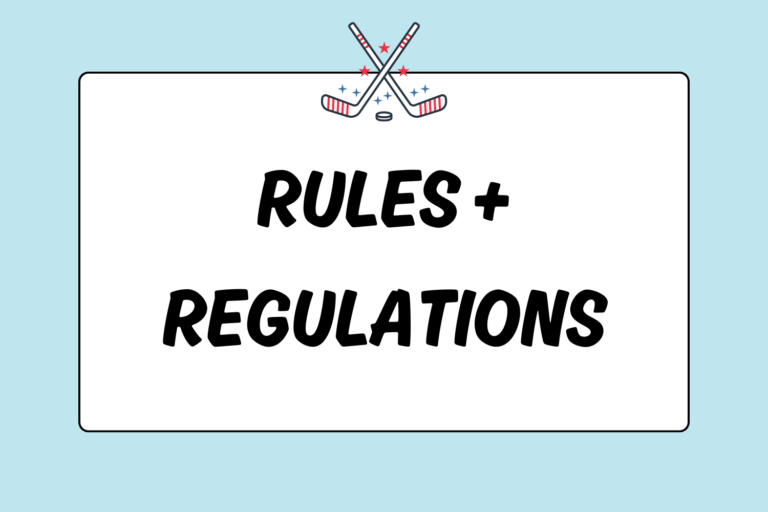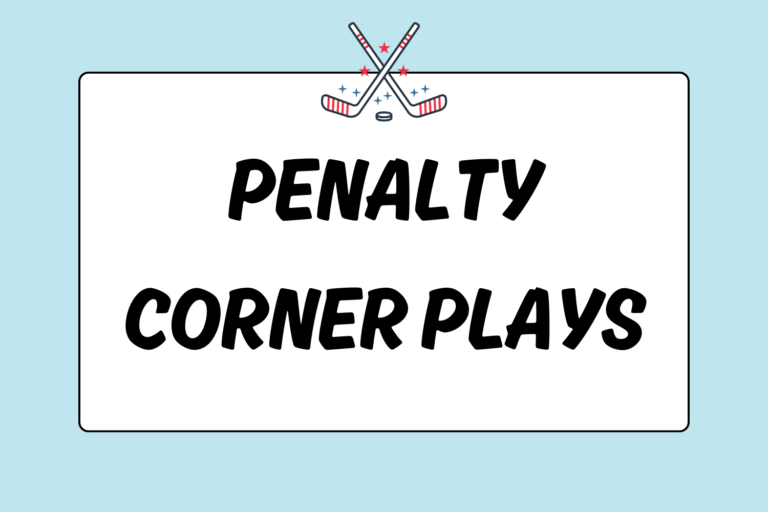The first step in making a great play is having the ball. By receiving it on the run, you can keep your momentum while gaining possession of the ball. Once you receive it, you’re ready to make a move or continue forward.
There are several ways to receive a ball, through a pass, hit, interception, rebound, cross, and more. The trick to stopping a ball, then, is to understand which stop works best for your situation. Normally, your reflexes would dictate your actions; however, through practice, proper receiving techniques will soon become natural. This guide will teach you how to receive the ball on the run, depending on the situation and ball position on the field. All of the instruction below will be regarding the strong stick.
From the Front
When receiving the ball from the front (ahead of you), make sure to take an aggressive approach. That is, run towards the ball instead of waiting for it to come to you. This approach can be used in various situations; however, defensive players generally use it to receive balls traveling at a fast pace towards them.
- Place your hands in the basic grip.
- Run towards the ball. Keep your body low by bending your knees.
- Hold the stick in front of your body. Keep the stick upright, at a diagonal to the ground with its toe pointed at the ground.
- With the strong stick, make contact with the ball just outside of your right foot on the bottom of the stick (your left foot will be forward and in line with the ball). Place your right foot slightly behind your left for support, and keep your back straight (bend forward at the waist).
- Cushion the ball at contact by angling the grip forward, towards the ground. This will also help you control the ball.
- Scan for possible passing options.
Bouncing Ball
Bouncing balls are passes that tend to pop up along the ground. The best way to receive a bouncing ball on the grass is to use an upright strong stick. This type of stop helps to stop a bouncing ball by covering more vertical area. This stop can be used for any position of the field, but make sure you keep the stick in front of you at all times.
- Place your hands in the basic grip.
- Keep your body low to the ground by bending your knees.
- Hold the stick forward and in front of your body. Keep your stick upright.
- Come to the ball.
- Receive the ball with the strong stick on its shaft with your left foot forward. Cushion the ball by angling the grip forward.
- As you dribble the ball, angle the stick forward for more control.
- Scan for possible passing options.
Aerial Ball
This stop is used to control balls coming towards you from an aerial pass (overhead pass). The stick cannot be lifted above your head to trap an air ball. So to stop an aerial ball, place your stick chest-high, horizontal to the ground and make sure to control the ball by angling your stick forward (towards the ground). This will prevent it from bouncing off your stick back into the air.
- Place your hands in the basic grip.
- Keep your arms away from the body.
- Place your strong stick chest-high in front of your body, horizontally pointed to the right.
- Control the ball with the shaft of the stick. Do not let the ball bounce forward.
- Move the ball at first touch by angling the stick forward, towards the ground. This will also help to prevent the ball from bouncing back into the air.
- Scan for possible passing options.
From the Right
Beginners should use this move to receive a pass from the right. The ball is immediately trapped on your strong stick — this makes it easy to transition right into dribbling after the stop. The tricky part to this stop is maneuvering your body behind the stick in time to receive the ball.
- Place your hands in the basic grip.
- Keep your stick low to the ground and get it down early.
- As you are running forward, turn your torso to face the ball (you may feel as if you are running sideways).
- Receive the ball in stride using your strong stick, outside and behind your right foot.
- Bring the ball forward.
- Scan for possible passing options.
Hot Tip: Reverse Stick
The reverse stick is most commonly used for passes coming from the right. At the beginning stages of your game, strong stick stops will work best because they will give you more control. But when you reach the intermediate level, a reverse stick stop for passes coming from the right will be more efficient because you won’t have to reach behind you to receive the ball.
From the Left
As a center or right side player, you will often receive passes from your left. When this happens, let the ball come across your body so that you can receive it on your strong stick. By doing this, you will immediately be in position to dribble the ball on your strong side.
- Place your hands in the basic grip.
- Keep your body low by bending your knees.
- Keeping your stick down, hold it in front of your body with its flat side facing to the left. Keep the stick upright, at a diagonal to the ground with its toe pointed at the ground.
- Let the ball come across your body.
- With your strong stick, receive the ball outside the line of your right foot with the bottom of the stick. Your right foot will be forward when you receive the ball.
- Angle the stick forward to control and cushion the ball.
- Scan for possible passing options.
The Last Stop
Receiving on the ball on the run is the best way to gain control of the ball. By moving while you trap the ball, you keep both your and the ball’s momentum while also redirecting it. Always practice receiving on the run; rarely will a stationary stop be as effective.
In stationary stops, you have to restart both your and the ball’s movement; it requires more energy and time than attacking the ball from the get-go. So, keep practicing receiving and redirecting the ball and you will become an unstoppable hockey player!





